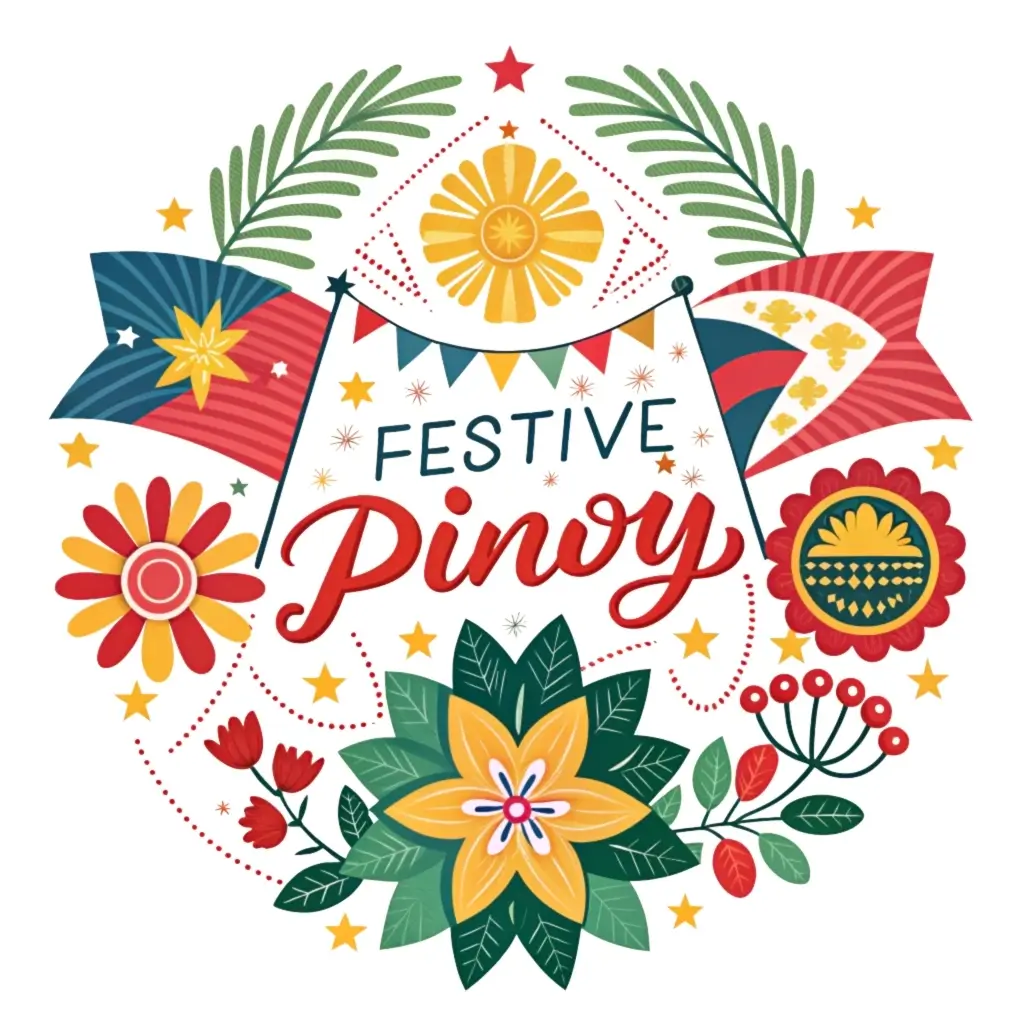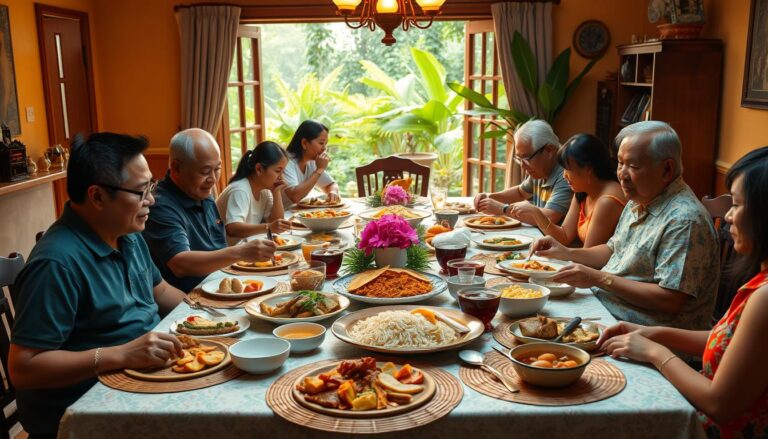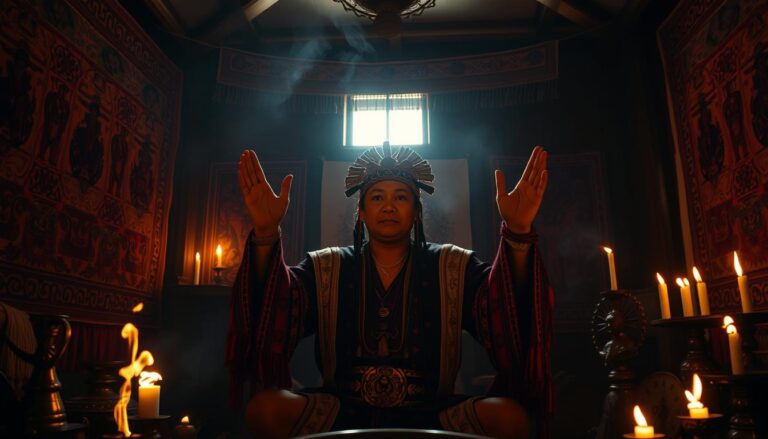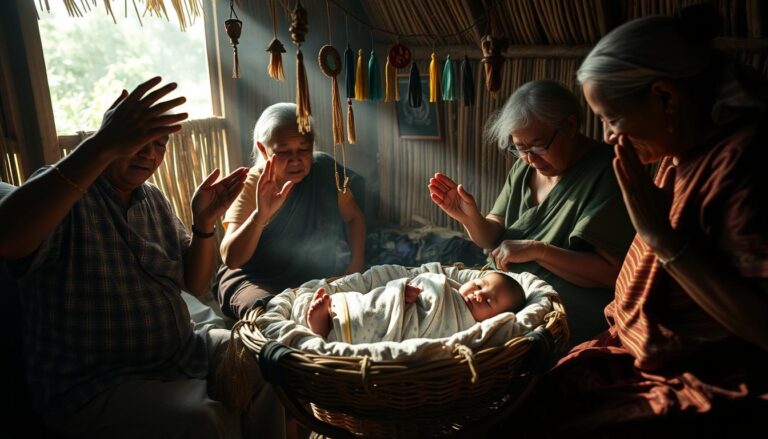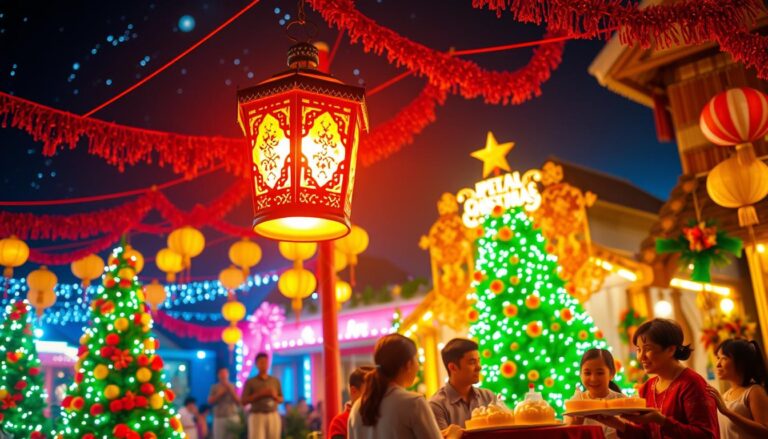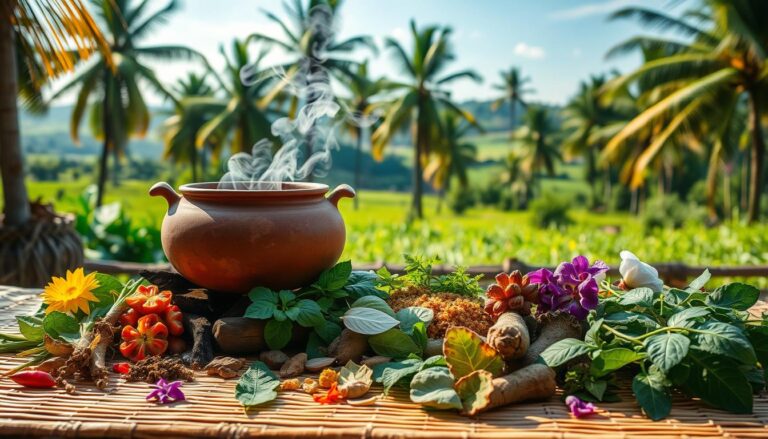Philippine Folklore and Mythology: A Colorful Mix of Stories and Beliefs
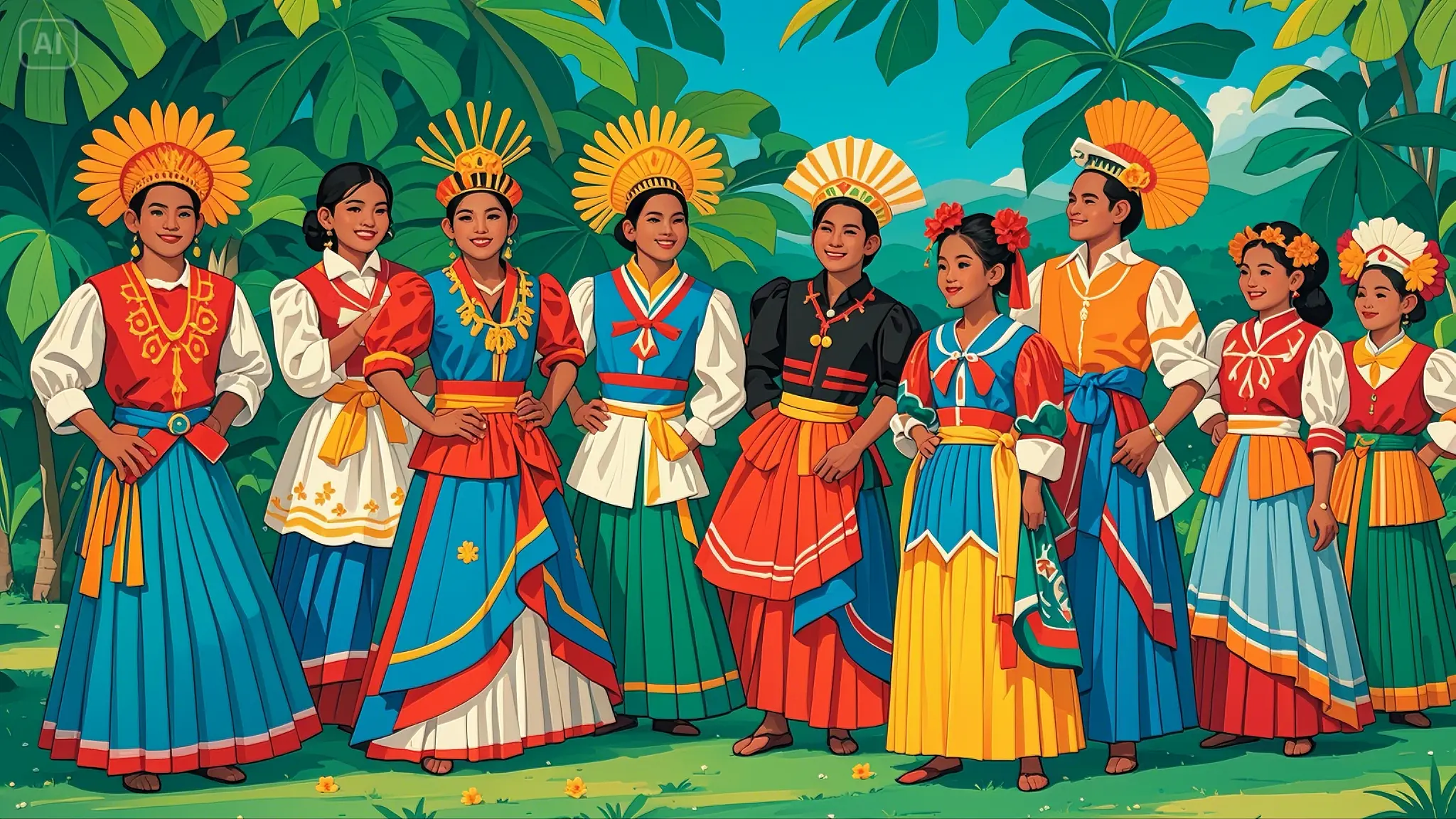
The Philippines is an archipelagic nation with a rich and diverse cultural heritage. At the heart of this heritage lies a fascinating world of folklore and mythology that has been passed down through generations.
From creation myths to legendary heroes, from mystical creatures to ancient deities, Philippine folklore and mythology offer a captivating glimpse into the beliefs, values, and imagination of the Filipino people.
Philippine Folklore and Mythology At A Glance
| Category | Details |
|---|---|
| Overview | Philippine folklore and mythology is a rich collection of tales and superstitions handed down through generations, reflecting the diverse culture and beliefs of the Filipino people. It includes creation myths, hero tales, supernatural beings, and tales explaining natural phenomena. |
| Major Themes | – Creation Myths: Stories about the origin of the world and humanity. – Heroes and Legends: Tales of heroic figures and significant historical events. – Supernatural Beings: Accounts of gods, goddesses, spirits, and mythical creatures. – Moral Lessons: Stories imparting values and ethics. |
| Creation Myths | – Bathala: The supreme god who created the universe. – Malakas and Maganda: The first man and woman who emerged from a split bamboo. – Kaptan and Magwayen: Gods who created the earth and the sea. |
| Heroes and Legends | – Lapu-Lapu: A native chieftain who resisted Spanish colonization. – Lam-Ang: A legendary hero from the Ilocano epic “Biag ni Lam-Ang”. – Maria Makiling: A diwata (fairy) who protects Mount Makiling. |
| Supernatural Beings | – Aswang: Shape-shifting evil creatures. – Tikbalang: Half-horse, half-human creatures. – Kapre: Tree-dwelling giants who smoke cigars. – Diwata: Deities or fairies of nature. – Manananggal: Winged creatures that sever their upper body to hunt for prey at night. |
| Important Deities | – Bathala: The supreme god. – Apolaki: God of the sun and war. – Mayari: Goddess of the moon. – Lakapati: Goddess of fertility and agriculture. – Idiyanale: Goddess of labor and good deeds. |
| Mythical Creatures | – Tikbalang: Mischievous, horse-like creatures. – Duwende: Small, often invisible, spirits of the land. – Tiyanak: Demon babies who lure travelers. – Sigbin: Goat-like creatures that can become invisible and suck blood. |
| Folk Beliefs and Practices | – Pagpag: The practice of brushing off evil spirits after attending a wake. – Pamahiin sa Patay: Various superstitions related to death and funerals. – Anting-anting: Amulets or talismans believed to have supernatural powers. – Babaylan: Indigenous shamans and healers. |
| Regional Variations | – Luzon: Home to myths of Lam-Ang and Maria Makiling. – Visayas: Known for the epic of Hinilawod and tales of the aswang. – Mindanao: Rich in stories of Islamic influence and local deities like Darangen. |
| Modern Influence | Philippine folklore and mythology continue to influence contemporary Filipino culture, as seen in literature, film, festivals, and daily life. They serve as a source of national pride and cultural identity, with many stories adapted into modern media and celebrated in various cultural events. |
Philippine’s Most Famous Folklore Tales
Origins and Influences
Philippine mythology is deeply rooted in the indigenous folk religions of the country’s various ethnic groups. These belief systems, collectively known as Anitism or Anito worship, predate the arrival of foreign influences and form the foundation of Philippine mythological traditions.
However, like many aspects of Filipino culture, the mythology has also been shaped by centuries of foreign contact and colonization. Hindu and Buddhist concepts arrived through trade and migration as early as 200-300 CE, bringing new deities, epics, and supernatural beings into the mythological landscape. Islamic influences followed in the 14th century, particularly in the southern islands.
The most profound impact came with Spanish colonization in the 16th century, which introduced Christianity and sought to suppress indigenous beliefs. While many pre-colonial myths and practices were lost or altered during this period, others survived by blending with Catholic traditions or going underground. American colonization in the 20th century brought further changes but also sparked renewed interest in preserving indigenous culture.
The result is a complex mythological tapestry that reflects the diverse origins and historical experiences of the Filipino people. While there are common themes and motifs across different ethnic groups, each region and culture has its own unique stories and characters that make up the rich mosaic of Philippine folklore and mythology.
Cosmogony: Creation Myths
Creation myths explain how the world and humankind came into being. In Philippine mythology, these stories often involve primordial deities, celestial conflicts, or the transformation of natural elements. While details vary across different ethnic groups, some common motifs emerge:
- The Primordial Realms: Many creation myths describe an initial state where only sky and water existed. The Tagalog people, for instance, tell of a sacred kite (bird) that caused a conflict between sky and sea, resulting in the creation of islands from rocks thrown by the sky.
- Divine Siblings: In some traditions, the world is formed through the actions of divine brothers and sisters. The Bisaya people have a myth where the children of the sky god Kaptan and sea god Maguayan perish in a celestial war. Their bodies become the sun, moon, stars, and Earth.
- Cosmic Eggs: The concept of the world emerging from a cosmic egg appears in several myths. In one Bicolano version, the first deities are born from eggs laid by a sacred bird, which then hatch into the sky, sea, and islands.
- The First Humans: Stories of the first man and woman are common, often involving them emerging from plants or being shaped by deities. The Tagalog myth of Malakas (“Strong One”) and Maganda (“Beautiful One”) emerging from a split bamboo is perhaps the most well-known.
These creation myths not only explain the origins of the physical world but also establish the relationship between humans, nature, and the divine. They often set the stage for the complex pantheon of gods, heroes, and supernatural beings that populate Philippine mythology.
The Divine Pantheon
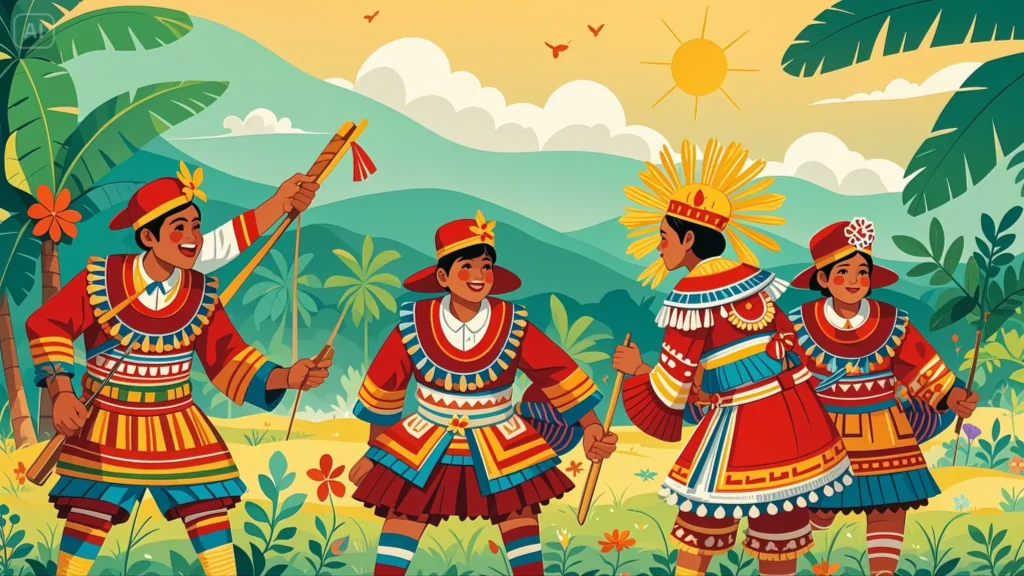
Philippine mythology features a vast and diverse pantheon of deities, reflecting the polytheistic nature of pre-colonial belief systems. While each ethnic group has its own set of gods and goddesses, some common types and roles can be identified:
- Supreme Deities: Many traditions feature a supreme creator god or goddess. Examples include Bathala of the Tagalogs, Kaptan of the Bisayas, and Kabunian of the Igorots. These deities are often seen as remote figures who created the world but leave their day-to-day operations to lesser gods.
- Nature Deities: Gods and goddesses associated with natural phenomena are prevalent. These include deities of the sun, moon, stars, wind, rain, thunder, and various landforms. The Bicolano god Gugurang, for instance, is associated with volcanoes and is said to live inside Mount Mayon.
- Agricultural Deities: Given the importance of agriculture in Philippine societies, many deities are associated with farming, crops, and fertility. The Tagalog goddess Lakapati, for example, is a hermaphroditic deity of fertility and agriculture.
- Sea and Water Deities: In an archipelagic nation, deities associated with the sea and other bodies of water play a significant role. The Bisayan goddess Magwayen, ruler of the underworld and the sea, is one prominent example.
- War Gods: Deities associated with warfare and conflict appear in many traditions. The Kapampangan war god Aring Sinukuan and the Ilocano war god Apo Anno are examples of this type.
- Ancestral Deities: Many ethnic groups venerate deified ancestors who are believed to watch over and guide their descendants. These ancestral spirits, often called anito, play a crucial role in many traditional practices.
It’s important to note that the nature and roles of these deities can vary significantly between and even within ethnic groups. Some deities may be benevolent, while others are feared. Some are actively involved in human affairs, while others are more distant. This diversity reflects the complex and localized nature of Philippine mythological traditions.
Legendary Heroes and Epics
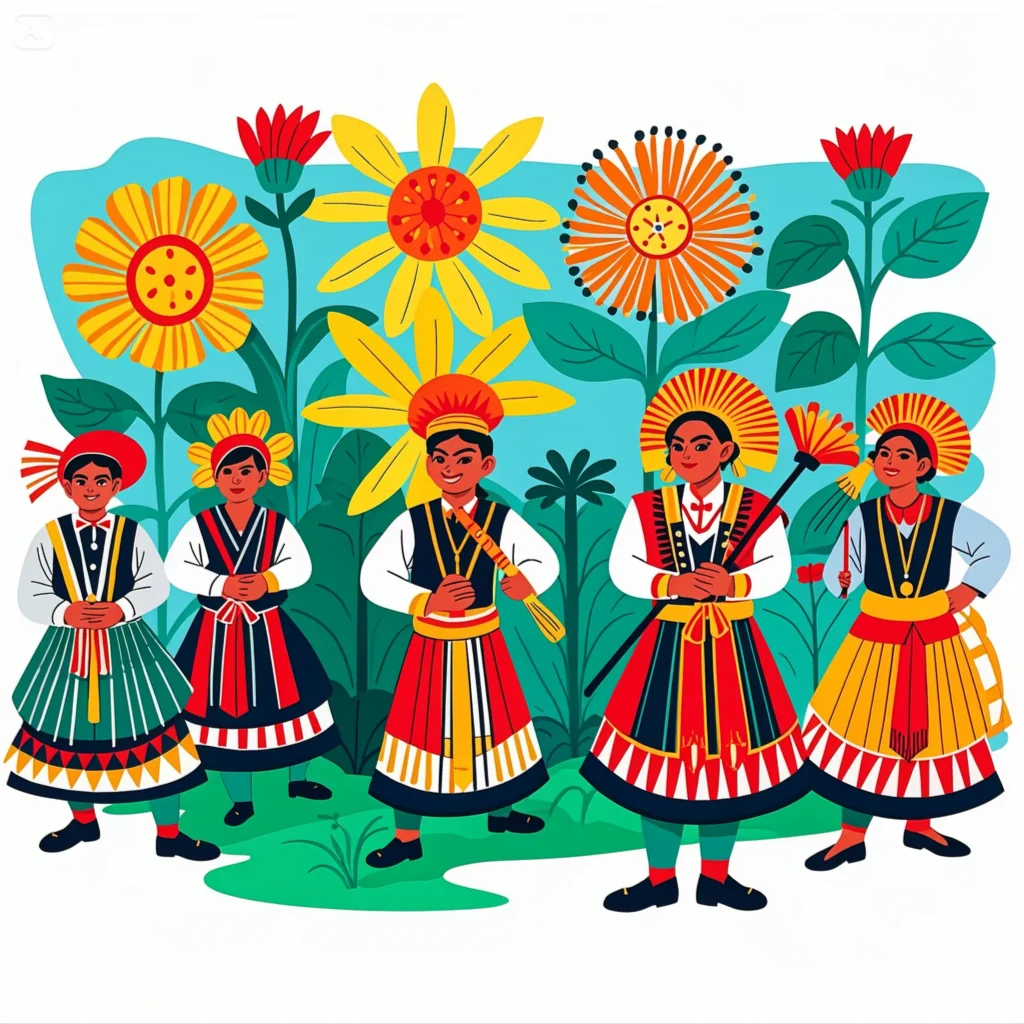
Heroic epics form a significant part of Philippine folklore and mythology. These lengthy narratives traditionally passed down orally, recount the adventures of legendary heroes and often incorporate supernatural elements, moral lessons, and cultural values. Some of the most renowned Philippine epics include:
- Biag ni Lam-ang (Ilocano): This epic tells the story of Lam-ang, a superhuman hero who exhibits extraordinary abilities from birth. His adventures include defeating monsters, wooing a beautiful maiden, and even returning from death with the help of his animal companions.
- Hinilawod (Hiligaynon): One of the longest epics in the world, Hinilawod narrates the adventures of the demigod brothers Labaw Donggon, Humadapnon, and Dumalapdap. Their quests involve battles with monsters, journeys to different worlds, and romantic pursuits.
- Darangen (Maranao): This epic cycle focuses on the exploits of Bantugan and his clan. Bantugan is a mighty warrior with a magic shield and flying ship, capable of travelling between the mortal world and the world.
- Hudhud (Ifugao): Centered around ancestral heroes, the Hudhud is chanted during significant occasions like harvests and funerals. It reflects Ifugao’s values, customs, and worldview.
- Ullalim (Kalinga): This epic revolves around Banna, a legendary warrior known for his bravery and combat skills. The Ullalim is often performed during peace pact celebrations.
These epics not only entertain but also serve important cultural functions. They preserve historical and cultural knowledge, reinforce social values, and provide a sense of identity and continuity for their respective ethnic groups. Many of these epics have been recognized for their cultural significance, with the Hudhud and Darangen being inscribed on UNESCO’s Intangible Cultural Heritage Lists.
Mythical Creatures and Beings
Philippine mythology is populated by a vast array of supernatural creatures and beings. These entities range from benevolent nature spirits to fearsome monsters, reflecting the diverse landscapes and cultural imaginations of the archipelago. Some of the most well-known mythical creatures include:
- Aswang: A shape-shifting creature that preys on humans, particularly unborn children. The aswang can appear human by day but transforms into a monstrous form at night.
- Kapre: A tall, dark, tree-dwelling giant known for smoking large cigars. While often frightening in appearance, kapre are generally considered harmless unless provoked.
- Diwata: Nature spirits or fairies associated with various natural elements. They are often depicted as beautiful, ethereal beings with magical powers.
- Tikbalang: A creature with the head of a horse and the body of a human. Tikbalang is known for leading travellers astray in forests.
- Manananggal: A vampire-like creature that can separate its upper body from its lower half, flying through the night in search of prey.
- Nuno sa Punso: Dwarfish creatures that live in anthills or termite mounds. They can cause illness if their homes are disturbed.
- Bakunawa: A serpent or dragon-like creature believed to cause eclipses by attempting to swallow the moon.
- Siyokoy: Merman-like creatures with scales, fins, and webbed hands. They are said to drown unwary fishermen and swimmers.
| Creature | Description |
|---|---|
| Aswang | A shape-shifting creature that preys on humans, particularly targeting unborn children. It can appear human during the day but transforms into a monstrous form at night. |
| Kapre | A tall, dark, tree-dwelling giant known for smoking large cigars. While they may appear frightening, kapres are generally considered harmless unless provoked. |
| Diwata | Nature spirits or fairies are associated with various natural elements. Diwatas are often depicted as beautiful, ethereal beings with magical powers. |
| Tikbalang | A creature with the head of a horse and the body of a human. Tikbalangs are known for leading travellers astray in forests. |
| Manananggal | A vampire-like creature that can separate its upper body from its lower half, flying through the night in search of prey. |
| Nuno sa Punso | Dwarfish creatures that reside in anthills or termite mounds. They are believed to cause illness if their homes are disturbed. |
| Bakunawa | A serpent or dragon-like creature thought to cause eclipses by attempting to swallow the moon. |
| Siyokoy | Merman-like creatures with scales, fins, and webbed hands. Siyokoys are said to drown unwary fishermen and swimmers. |
These creatures often serve as metaphors for natural phenomena, moral lessons, or societal fears. For instance, the aswang might represent anxieties about pregnancy and childbirth, while the tikbalang could embody the dangers of getting lost in the wilderness.
It’s worth noting that beliefs about these creatures vary widely across different regions and ethnic groups. What might be a fearsome monster in one tradition could be a helpful spirit in another. This diversity reflects the localized nature of Philippine mythological traditions and the complex relationships between humans and the supernatural world in Filipino folklore.
Interesting Facts About Philippine Folklore and Mythology
Sure, here are 10 lesser-known and surprising facts about Philippine folklore and mythology:
- 🌲 The Kapre: Unlike typical giants in other mythologies, the Kapre is a tree-dwelling giant known for smoking cigars and being invisible to humans unless it chooses to be seen. It’s often depicted as friendly but mischievous.
- 🐔 The Tiktik: The Tiktik is a variant of the Aswang, a shape-shifting monster. Its name comes from the distinct “tik-tik” sound it makes. Interestingly, the sound becomes fainter the closer it is, to deceive its prey.
- 🌙 Bakunawa: This dragon-like creature is believed to cause eclipses by attempting to swallow the moon. Ancient Filipinos would create loud noises to scare Bakunawa away and save the moon.
- 🌾 Nuno sa Punso: These are dwarf-like beings who live in anthills or termite mounds. They can be benevolent or malevolent depending on how humans treat their dwelling places.
- 🦇 Manananggal: This creature is a type of Aswang that can sever its upper torso to fly and hunt for prey at night. The word “manananggal” comes from the Tagalog word “tanggal,” meaning “to separate.”
- 💧 Lamang Lupa: These earth spirits are believed to guard the forests, mountains, and fields. They are often associated with natural phenomena and can bring good or bad luck to humans.
- 🐍 Marindaga: A lesser-known serpent in Philippine mythology, the Marindaga is said to inhabit deep rivers and lakes. It is feared for its ability to create whirlpools and drown unsuspecting victims.
- 🔥 Santelmo: Derived from “St. Elmo’s Fire,” this phenomenon is believed to be the spirit of a person who died tragically. It appears as a ball of fire, often seen floating over water or in desolate areas.
- 🌾 Bungisngis: Known as the laughing giant, Bungisngis is characterized by its constant laughter and single eye. Despite its fearsome appearance, it is often depicted as foolish and easily outwitted.
- 🌊 Magwayen: In Visayan mythology, Magwayen is the goddess of the sea and the underworld. She ferries the souls of the dead to Sulad, the afterlife. Her dual role as a goddess of both the sea and death is unique in Philippine folklore.
Mythological Concepts and Beliefs
Beyond specific deities and creatures, Philippine mythology encompasses a range of concepts and beliefs that shape how people understand the world and their place in it. Some key concepts include:
- The Soul: Many Filipino cultures believe in multiple souls or aspects of the soul. The Hanunoo Mangyan people, for instance, believe in two souls: the dungan, which leaves the body during sleep, and the karadwa, which departs at death.
- Afterlife: Concepts of the afterlife vary, but many traditions include realms for the dead, often located in the skyworld or underworld. Some beliefs involve cycles of rebirth or the possibility of becoming nature spirits after death.
- Cosmic Structure: The universe is often conceived as having multiple layers or realms. The Tagalog tradition, for example, includes Kaluwalhatian (the skyworld), the mortal world, and Kasamaan (the underworld).
- Anito Worship: The veneration of ancestral spirits and nature deities, known as anito, is a fundamental aspect of many indigenous belief systems. Rituals and offerings are made to gain the favour or appease these spirits.
- Babaylan Tradition: In many pre-colonial Filipino societies, spiritual and healing practices were led by Babaylan, who were often women or feminized men. They served as mediators between the human and spirit worlds.
- Anting-anting: Amulets or talismans are believed to have magical properties, often used for protection or to grant special abilities.
These concepts reflect a worldview in which the natural and supernatural realms are deeply interconnected, and where maintaining harmony between these realms is crucial for individual and communal well-being.
Regional Variations
While there are common themes and motifs across Philippine mythology, it’s crucial to understand the significant regional variations that exist. Each of the major island groups Luzon, Visayas, and Mindanao has its distinct mythological traditions, and even within these regions, individual ethnic groups may have unique stories and beliefs.
- Luzon: In the northern island of Luzon, mythologies range from the complex pantheon of the Tagalog people to the nature-oriented beliefs of the Igorot groups in the Cordillera mountains. The Ilocano, Pangasinan, Kapampangan, and Bicolano peoples each have their rich mythological traditions.
- Visayas: The central Visayan islands are home to epic traditions like the Hinilawod of the Hiligaynon people. Visayan mythology often features prominent sea deities, reflecting the maritime nature of these island cultures.
- Mindanao: The southern island of Mindanao showcases a blend of indigenous animist traditions and Islamic influences, particularly among groups like the Maranao, Maguindanao, and Tausug. The T’boli, Bagobo, and other non-Islamized groups maintain distinct mythological traditions.
These regional variations reflect the Philippines’ cultural diversity and the localized nature of its mythological traditions. They also highlight the importance of understanding Philippine mythology not as a single, unified system, but as a rich tapestry of interconnected yet distinct belief systems.
Folklore in Daily Life
While many aspects of Philippine mythology may seem distant from modern life, elements of folklore continue to influence Filipino culture and daily practices. Some examples include:
- Superstitions: Many traditional beliefs about luck, omens, and taboos persist in contemporary Filipino society. For instance, avoiding the number 13, not pointing at rainbows, or performing certain rituals during New Year’s Eve.
- Traditional Medicine: Some Filipinos still consult albularyo (traditional healers) who may use herbs, rituals, and invocations to treat illnesses believed to have supernatural causes.
- Festivals: Many local festivals incorporate elements of folklore and mythology, often blending pre-colonial traditions with Catholic celebrations. The Ati-Atihan festival in Aklan, for example, honors both the Santo Niño (Christ Child) and remembers a pre-colonial legend about Aeta people.
- Architecture and Design: Mythological motifs often appear in traditional and even modern Filipino architecture and design. The sarimanok, a mythical bird from Maranao culture, is a popular decorative motif.
- Literature and Arts: Filipino writers, artists, and filmmakers continue to draw inspiration from folklore and mythology, reinterpreting ancient stories for contemporary audiences.
- Names: Many Filipinos bear names derived from mythological figures or concepts, keeping these ancient traditions alive in everyday life.
| Category | Examples |
|---|---|
| Superstitions | Avoiding number 13, not pointing at rainbows |
| Traditional Medicine | Consulting albularyo for supernatural illnesses |
| Festivals | Ati-Atihan festival blending pre-colonial & Catholic |
| Architecture & Design | Incorporating mythological motifs like sarimanok |
| Literature & Arts | Drawing inspiration from folklore and mythology |
| Names | Bearing names derived from mythological figures |
Challenges and Preservation Efforts
Despite its rich heritage, Philippine mythology faces several challenges in the modern era:
- Loss of Traditional Knowledge: As older generations pass away and younger people migrate to cities or abroad, traditional stories and practices are at risk of being forgotten.
- Lack of Documentation: Many myths and legends exist primarily in oral tradition and have not been thoroughly documented or studied.
- Religious Conversion: The spread of Christianity and Islam has led to the abandonment or modification of many traditional beliefs.
- Education System: Philippine mythology is often overlooked in formal education, with more emphasis placed on Western mythological traditions.
However, there are also ongoing efforts to preserve and promote Philippine folklore and mythology:
- Academic Research: Scholars are working to document and analyze mythological traditions, often collaborating with indigenous communities.
- Cultural Organizations: Groups like the National Commission for Culture and the Arts (NCCA) support programs to safeguard intangible cultural heritage, including folklore and mythology.
- Digital Preservation: Online databases and digital archives are being created to store and share mythological stories and related cultural knowledge.
- Arts and Media: Filipino artists, writers, and filmmakers are finding new ways to interpret and present mythological themes to modern audiences.
- Community Initiatives: Some indigenous communities are reviving traditional practices and actively teaching younger generations about their mythological heritage.
- UNESCO Recognition: The inclusion of epics like the Hudhud and Darangen on UNESCO’s Intangible Cultural Heritage Lists has raised awareness about the importance of preserving these traditions.
Conclusion
Philippine folklore and mythology are integral to Filipino culture, reflecting a diverse tapestry of stories, beliefs, and traditions. Evolving with time, they offer insights into history, values, and worldviews, serving as a vital link to the past and inspiration for the future.
Preserving and celebrating these tales is crucial for maintaining cultural identity and sharing a rich heritage globally.
Frequently Asked Questions
-
Who is Bathala in Philippine mythology?
Bathala is the supreme god and creator in Tagalog mythology, ruling over the heavens and the earth. He is often regarded as the deity responsible for everything above, including the sky and the heavens.
-
What are Aswangs in Philippine folklore?
Aswangs are shape-shifting monsters known for their terrifying nocturnal habits. They can appear as regular humans during the day but transform into various animals at night to hunt for human flesh and blood. They are notorious for targeting children and pregnant women.
-
What is a Diwata?
Diwatas are nature spirits or deities similar to fairies. They are considered guardians of nature, often residing in forests and large trees. Diwatas can be benevolent, aiding those who respect nature, but can also punish those who harm the environment.
-
What are the characteristics of a Kapre?
A Kapre is a mythical tree giant, typically depicted as tall, dark, and hairy. They are known to live in large trees, often smoking cigars. While generally not considered evil, Kapres can be vengeful if their tree homes are disturbed.
